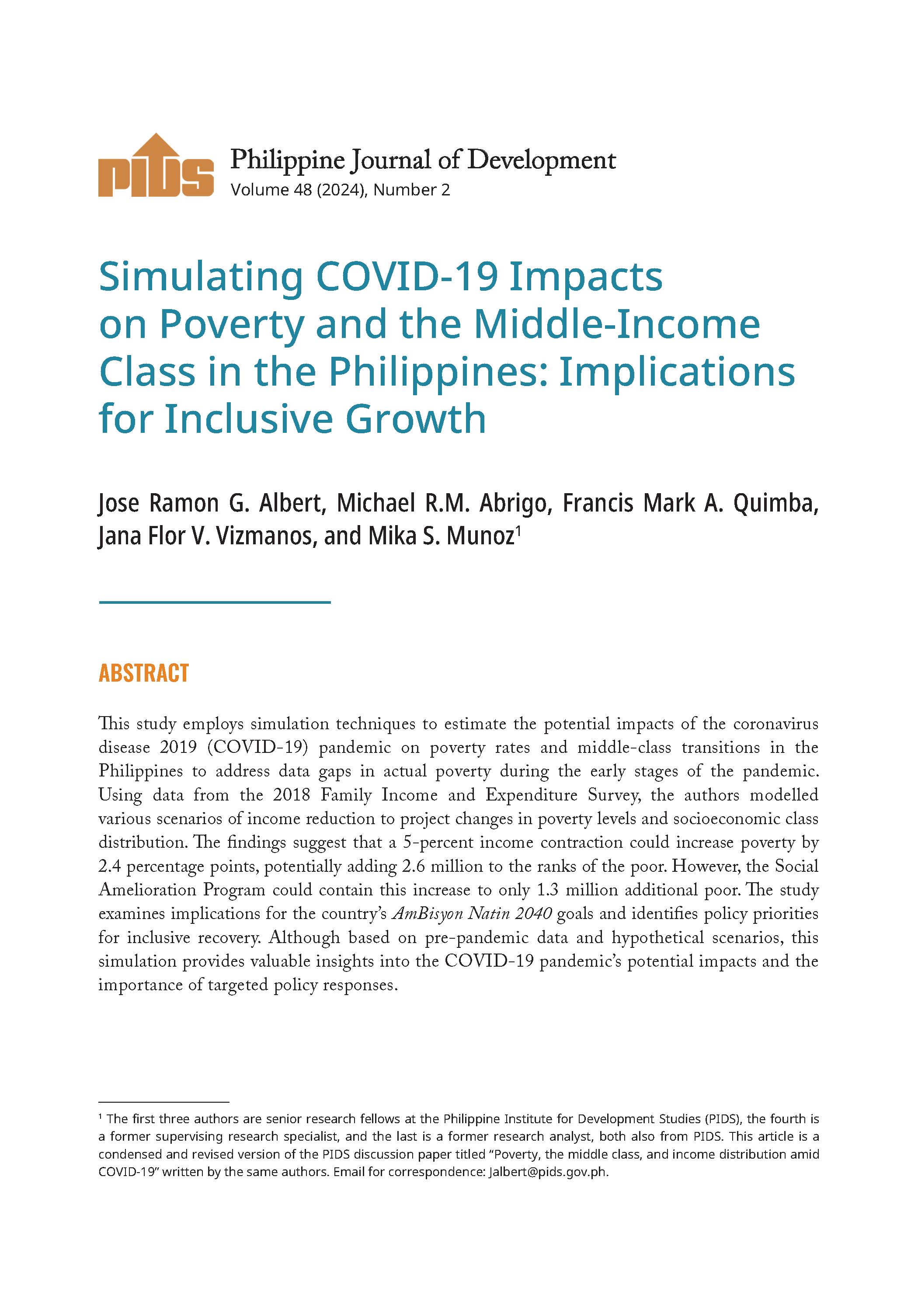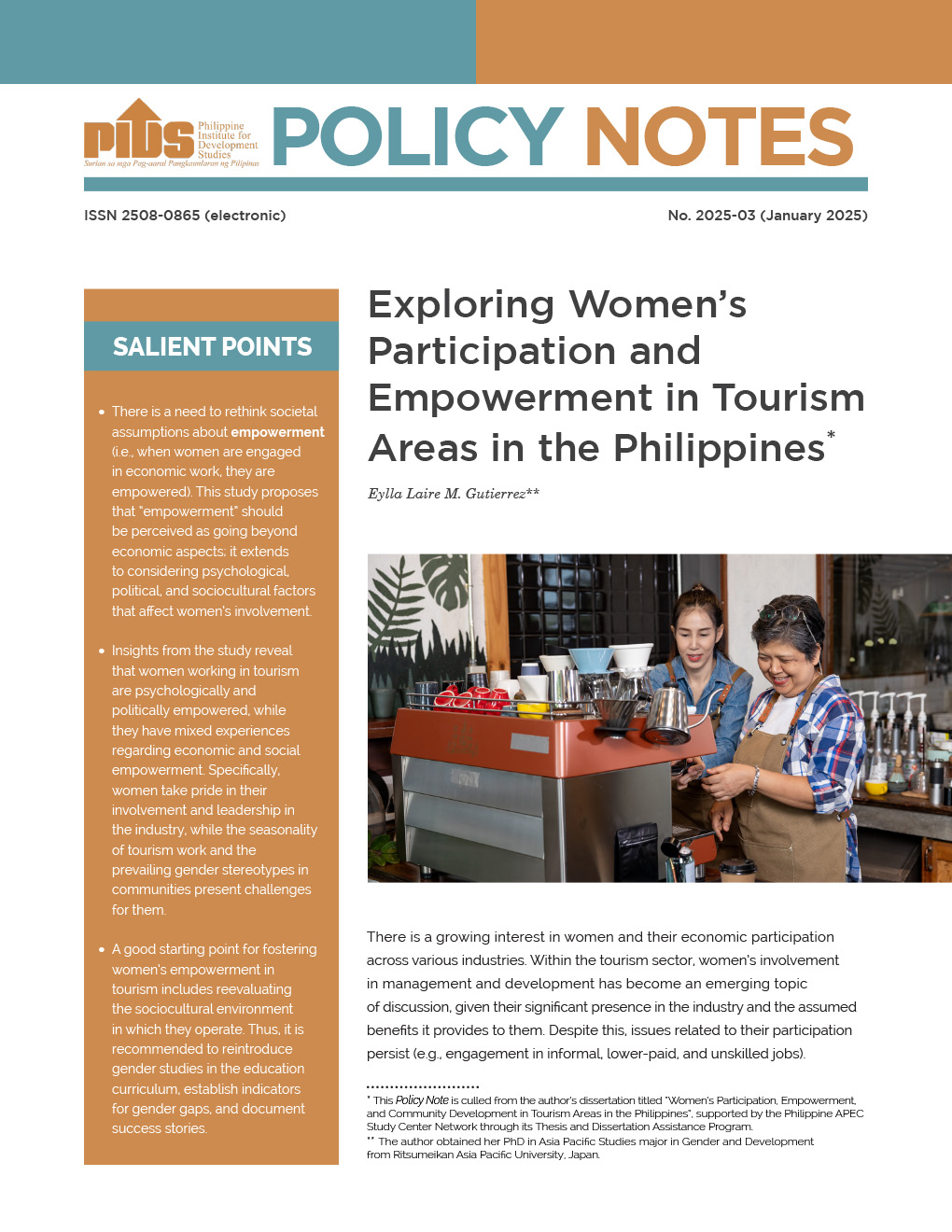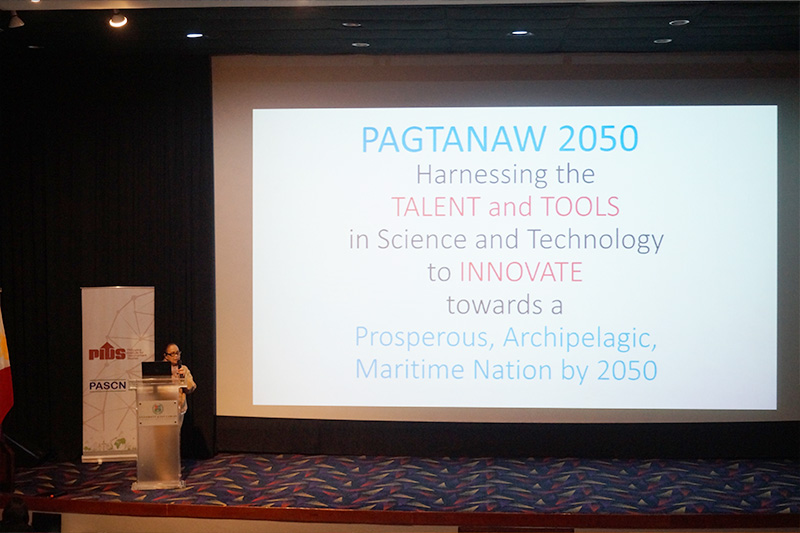M3 money supply expands 6.3%
Lending by big Philippine banks posted double-digit growth of 12.2 percent to P13.026 trillion in February 2025 from P11.61 trillion a year earlier, the Bangko Sentral ng Pilipinas (BSP) said in a report released late Monday.
Lending growth in February, however, slowed from a 12.8 year-on-year increase recorded in January, the BSP said.
The amount of lending in January 2025 stood at P13.019 trillion.
Of February’s total lending, 97 percent, or P12.70 trillion, represented outstanding loans to residents, while the rest, valued at P324.82 billion, went to non-residents.
The residents’ outstanding loans increased by 12.6 percent year-on-year, while those for non-residents dropped by 3.2 percent.
The BSP said lending to residents for production activities went up by 11.2 percent in February, “driven by increased lending to key industries” such as electricity, gas, steam and air-conditioning supply; wholesale and retail trade, repair of motor vehicles and motorcycles; manufacturing; construction; and transportation and storage.
Meanwhile, consumer loans to residents grew by 24.1 percent in February, propelled by credit card and motor vehicle loan increases.
Money supply expands 6.3%
In a separate statement on Monday, the BSP said domestic liquidity—M3 or money supply that measures the total amount of money in circulation—grew by 6.3 percent year-on-year to P17.98 trillion in February from P16.92 trillion a year earlier.
M3 comprises currency in circulation, plus bank deposits and deposit substitutes, such as commercial papers and promissory notes.
Domestic claims rose by 10.1 percent to P20.18 trillion in February this year from P18.33 trillion in February last year.
On the other hand, private sector claims grew by 12.3 percent to P13.08 trillion from P11.66 trillion in February last year.
The central bank said claims on the private sector were “driven by continued expansion in bank lending to non-financial private corporations and households.”
Meanwhile, net claims on the national government increased by 5.9 percent to P5.30 trillion from P5.0 trillion the previous year “due to lower deposits of the National Government with the BSP.”
The BSP said it will continue to ensure that “domestic liquidity conditions remain consistent with the prevailing stance of monetary policy, in line with its price and financial stability objectives.”
Demand moderation
John Paolo Rivera, a senior research fellow at the Philippine Institute of Development Studies, said the BSP data indicated a moderation in credit demand.
“Despite expectations of monetary easing later in the year, interest rates remain relatively high, which could be tempering credit expansion, particularly for business loans and consumer borrowing,” Rivera said in a Viber message on Tuesday.
He added that businesses may have frontloaded borrowing in previous months in anticipation of potential rate cuts, “leading to a slight cooling in February.”
“Similarly, household credit growth might be stabilizing after a period of strong consumer spending,” he said.
He explained that while loan growth remains strong, the marginal slowdown could indicate firms exercising caution amid global uncertainty, including exchange rate volatility, geopolitical risks and inflationary pressures.
He added that the BSP has maintained a tight monetary stance, ensuring that liquidity conditions do not fuel excessive inflation.
“Slower growth in loans net of RRP placements may reflect some absorption of excess liquidity by the BSP,” Rivera said.
Higher base effects
“Loans by big banks continued to grow. However, the slower pace of year-on-year growth may be due to higher base effects, but it is still high- among the fastest in more than two years,” Michael Ricafort, RCBC’s chief economist, said.
Ricafort attributed the increase to the policy-setting Monetary Board’s policy rate cuts of 75 basis points in 2024 to a two-year low of 5.75 percent.
He said the rate cut “helped reduce borrowing costs, which led to higher demand for loans, which was also faster than GDP growth.”
“In turn, this led to more investments, trade, jobs, and other economic activities around the country,” Ricafort said.
For the coming months, Ricafort said midterm election-related spending would lead to faster growth in the overall economy and increased demand for loans, “especially from businesses that are part of the supply chains that would benefit from increased election-related spending.”
He said future local policy rate cuts “would also further reduce borrowing costs, trigger higher demand for loans to finance new investments and expansion projects, and could lead to more local and international trading activities.
He added that the latest RRR cut, which took effect on March 28, “would again infuse about P330 billion into the banking system, increasing banks’ loanable funds, and could also reduce intermediation costs and overall lending rates.”












